
Several ALMA antennas are prepped at the OSF before being transported to the high site and joining the array.
Note: This is the first astrobite in what I hope will be a periodic series about my adventures doing astronomy research in a foreign country. I’ll be living and doing research in Santiago, Chile, for one year with funding from the Fulbright Commission for Educational Exchange Between the USA and Chile. Taking advantage of this opportunity to be in Chile during commissioning and Early Science of the ALMA Observatory, I’m spending three months as a visiting scientist in the “Commissioning and Science Verification” (CSV) group of ALMA. For details on ALMA (the Atacama Large Millimeter/submillimeter Array), check out the website.
During my time with CSV, I will spend 8 day “turnos” (or shifts) at the ALMA Operations Support Facility (OSF) in the Atacama Desert, one of the driest places in the world and really quite spectacular! The rest of my time with ALMA will be spent at the Santiago Central Offices (SCO) working on data reduction and analysis in preparations for ALMA “Full Science” (see results from ALMA Early Science in this astrobite). Here I will describe one day of my first turno. This time, I’m working the “day shift”, which begins in the afternoon and runs until midnight.
11:00 am — Good morning (it’s still morning…)! Time to take a walk around, maybe I will hit the gym. Of course, exercising either the mind or the body can be a challenge at an elevation of 2900 meters (about 10,000 feet). At least we’re not up with the antennas at 5000 meters!
12:20 pm — Quick shower. Quick for two reasons: (1) Water is scarce in the Atacama Desert, so we try to preserve what we have; and (2) I’m ready to start the day!
12:30 pm — Lunch. Well, for me it’s actually breakfast. I like to keep it simple, and Chilean. Bread with avocado, maybe some tomato or cheese. I also love the “jugo natural” (fresh juice) in awesome tropical flavors like pineapple, raspberry, or peach.
1:00 pm — I head up to the control room, and set up my workspace. I like the desk with a clear view of the live camera at the high site, so that I can watch the antennas and also keep up with the weather. We’re entering into the “Altiplanic Winter” here, and especially in February, rain and snow storms can pass through quickly. I quickly browse emails, Astro-ph, and of course astrobites.
2:00 pm — I meet with some of the other scientists and we walk across the dusty road, where we get a special tour of the assembly of the Japanese-built antennas. No photos are allowed inside the camp, but we are taken into several of the antenna compartments to have a closer look. Check out some more details about antenna designs here.
3:00 pm — We are back in time for the daily CSV meeting. Our group meets every afternoon to discuss our progress with observations and various projects. At any given time, some CSV scientists are at the OSF, while others are at the SCO, so we connect via telecon.
3:30 pm — More virtual connections. I have a meeting with my thesis advisor at Yale via Skype. I’m eager to share with him the ALMA data reduction techniques I’m learning. I also clarify some of my recent calculations in my own research, and we exchange some ideas of what more I should include in the talk I’m giving when I return to Santiago. Weekly meetings with my advisor keep me on track and focused.
4:30 pm — Cookies (and espresso) in the kitchen! These fuel the discussion I have with one of the scientists here about my current task, which is related to calibration of data coming from different receivers on the antennas. ALMA is sensitive to wavelengths in the range 3 mm to 400 microns (84 to 720 GHz), and it will be important to know methods of calibrating the data over the whole range of wavelengths/frequencies (more details about ALMA’s capabilities here).
5:00 pm — I’ll be using a code written in Python to reduce and analyze several observations, but the code seems to be having trouble with the new version of data types in the calibration tables. Time to troubleshoot. Yesterday I chatted over Skype with a scientist who has some experience with these data, and I’ve also begun a string of emails with others much more knowledgeable than I.
7:00 pm — I’m still staring at the code, trying several diagnostics. But, now I’m not alone with the code. The scientist sitting next to me has taken the challenge upon himself. He has reduced much more ALMA data than I, which is done with software called CASA, and he seems to have a better grasp on the analysis packages.
8:00 pm — Still not knowing exactly what the problem is, we take a break for dinner. We sit on the porch near the “casino” (a cafeteria, no gambling involved other than a quick bit of research with the Basketball Insiders breakdown of the best casino sign up bonuses for my friend). Hardly any science is discussed, and the conversation goes in many directions. At one point, we’re talking about learning languages, and I realize that the four of us at the table come from four different countries and speak four different primary languages.
8:30 pm — Return to the code. Syntax errors don’t fix themselves, and we’re committed to solving this one.
10:00 pm — Problem solved! The data-type was expected to be called “integer”, but in fact was called “int”.
10:30 pm — Commence with data reduction! I learned a lot from the troubleshooting, by diving head-first into the code. I check on the status of the telescopes. The weather has cleared some, so we might be able to observe.
12:00 am — My shift is officially over, so I take some time for my own science, before heading back to my dormitory (and writing this post). I’m focused and motivated here, with so many smart people around me, and all working very hard. Making progress, even in small ways like fixing a bug in a code, is encouraging. It’s fulfilling to know that I’m a (small) part of the largest astronomical project in the world!
Disclaimer: The personal opinions and views expressed here are mine only, and do not necessarily represent those of ALMA or Fulbright.



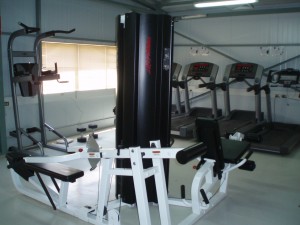
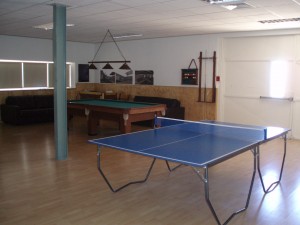

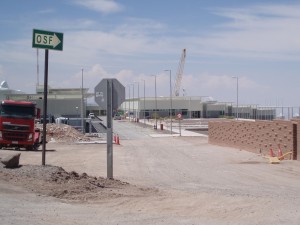
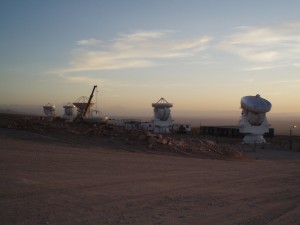
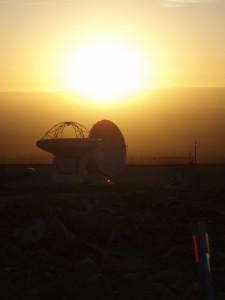
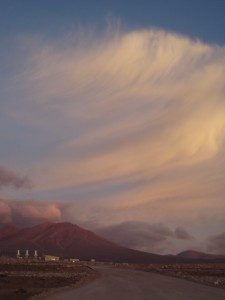



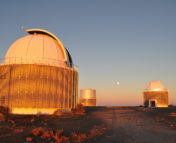
Thanks for sharing, Adele! I am looking forward to hearing more about your experiences at ALMA.